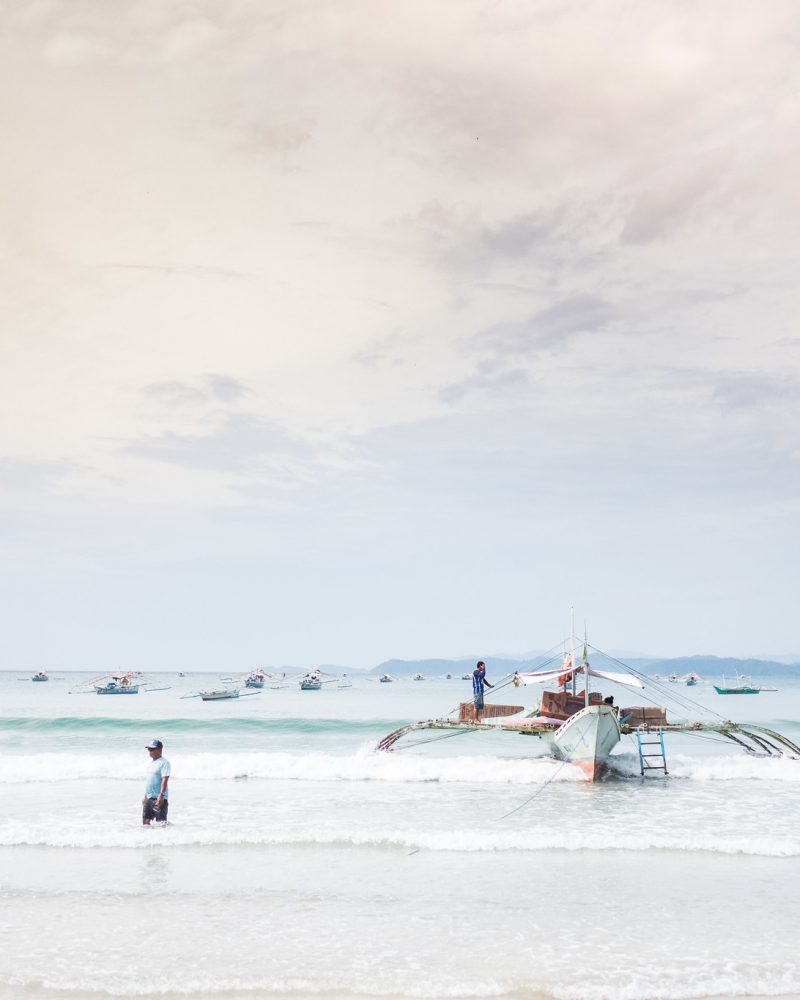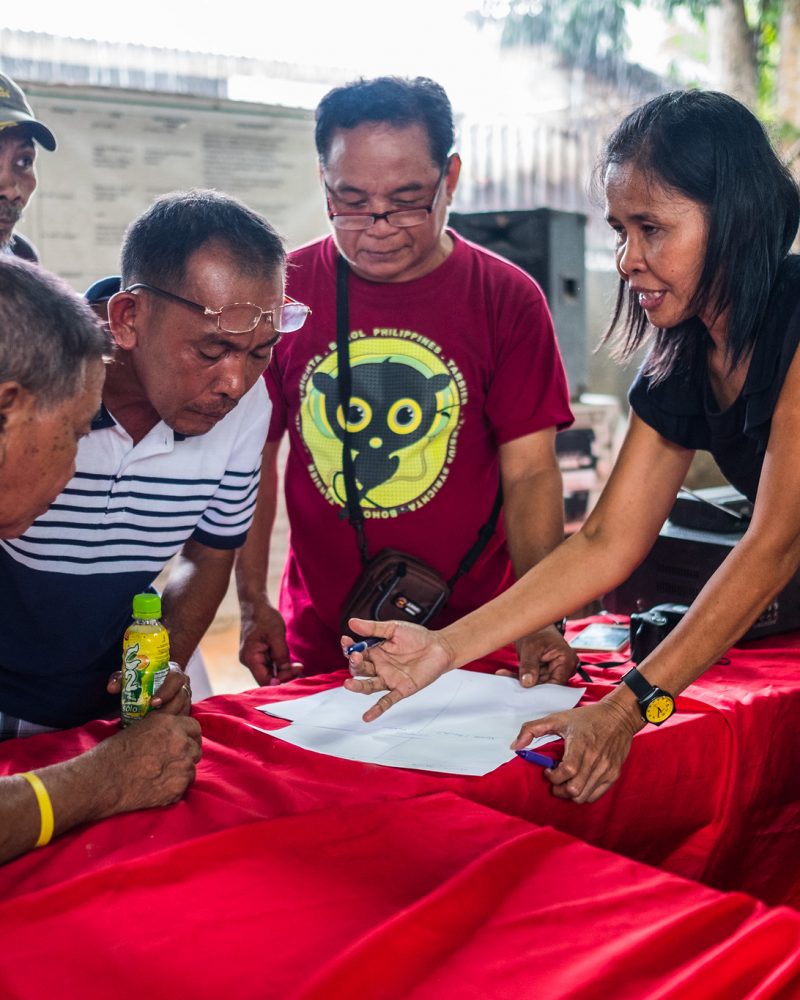Change management. Increased effectiveness. Continuous Learning.
These are the themes that animate many conservation and development programs today. Yet what does it all mean, and how do we do it?
Conservation and development programs are faced with daunting and complex challenges. In many of our clients’ and partners’ programs, staff are tackling escalating threats, where nature is being degraded at an increasingly rapid pace that jeopardizes sustainable development and human peace and prosperity. They recognize that our community needs to work smarter, faster, and better — achieving a higher return on investment and good outcomes for people and the planet.
Through its Biodiversity Policy and the Measuring Impact activity, USAID set out to do just that. Starting in 2013, our team, led by Environmental Incentives with partners Foundations of Success and ICF, has implemented Measuring Impact to help USAID’s Office of Forestry and Biodiversity and staff of 20 USAID missions around the world design and adopt new practices to deliver on the goals of the Biodiversity Policy: to conserve biodiversity in priority places and integrate biodiversity as an essential component of human development.
In July 2018, we had a great opportunity to reflect back on what we have learned over six years of implementing Measuring Impact. As keynote speaker of the Measuring Impact closeout event Melissa Patsalides, Acting Deputy Assistant to the Administrator of USAID’s Policy, Planning, and Learning Bureau, noted, “Many donors and development organizations have recognized the importance of continual learning and adaptation to make their programs successful. We don’t always have all the answers in all the sectors and all the places we work before we begin implementing. But then we have to ensure we put in place ways to fill in those knowledge gaps or to collaborate with others to do that.”
Asking good questions, designing adaptable programs, and keeping a strong focus on outcomes has been the operating context for our work on Measuring Impact. What did we learn? First, staff of USAID are deeply committed to achieving the Agency’s mission. Second, even though change can be hard, it can also be fun, creative, and energizing. And finally, there are some key ingredients that an institution needs to “bake in” as it embarks on a change management program.
Capacity and culture matter. People’s best intentions to use new practices need capacity to apply them and a culture that supports their use. Through Measuring Impact, we saw that diversified capacity development programs, ranging from experiential learning workshops to individual coaching, peer-to-peer learning, formal training programs, and a suite of online support tools are essential to helping people learn new practices and apply that learning to their daily work. And these capacity development efforts thrive in a setting where learning is valued and promoted.
Useful resources, such as Measuring Efforts to Combat Wildlife Crime: A Toolkit for Action and Accountability and a set of three Biodiversity How-To Guides are often cited as key aids in helping conservation program staff take on new practices to improve program effectiveness.
People, platforms, and processes need to work together – Good institutional learning can only take place when there is thoughtful attention to the people who need information and how they will use it, the platforms that deliver information to them and engage their expertise, and the processes the institution uses to support good learning practices. Through Measuring Impact, we learned that integrating support across these dimensions created the right environment for organizational learning.
These insights garnered a USAID Case Competition video prize in 2015 for Collaborating, Learning, and Adapting (CLA) in action, entitled Connecting the Dots: Biodiversity Cross-Mission Learning Program. We were able to engage more than 350 staff from 30 missions in learning from each other about what works, what doesn’t, and in what context by supporting the development of two USAID cross-mission learning groups focused on conservation enterprises and on combatting wildlife crime. USAID’s Biodiversity Gateway now houses dozens of new learning products, webinars, and programming aids developed to meet pressing information needs and capture important lessons and knowledge from around the world.
Evidence-Based Beats Eminence-Based – Dr. Diane Russell, formerly of USAID’s Forestry and Biodiversity Office, often reminded us that good outcomes flow from the power of evidence, not eminence. Eminence-based decisions are driven by powerful individuals or accepted wisdom. Evidence-based decisions are informed by knowledge and an understanding of the assumptions, quality of information, and risk associated with the decision. Through Measuring Impact, we created Evidence in Action to help teams make better evidence-based decisions, and we developed other tools and resources, including:
- The Nature of Conservation Enterprises: A 20-year retrospective evaluation
- Gender and Governance: Does the gender composition of forest and fishery management groups affect resource governance and conservation outcomes?
- Fishing for Food Security: The importance of wild fisheries for food security and nutrition
- Rewards and risks associated with community engagement in anti-poaching and anti-trafficking
We know that learning and program improvement take many years to achieve, certainly beyond the life of a six-year initiative. But we’ve made a great start on building capacity, strengthening learning systems, and emphasizing evidence, all in service of making highly effective and efficient use of USAID’s investments in conservation and development.
Access a webcast of the Measuring Impact Closeout Event and learn more about the full suite of resources we produced.



